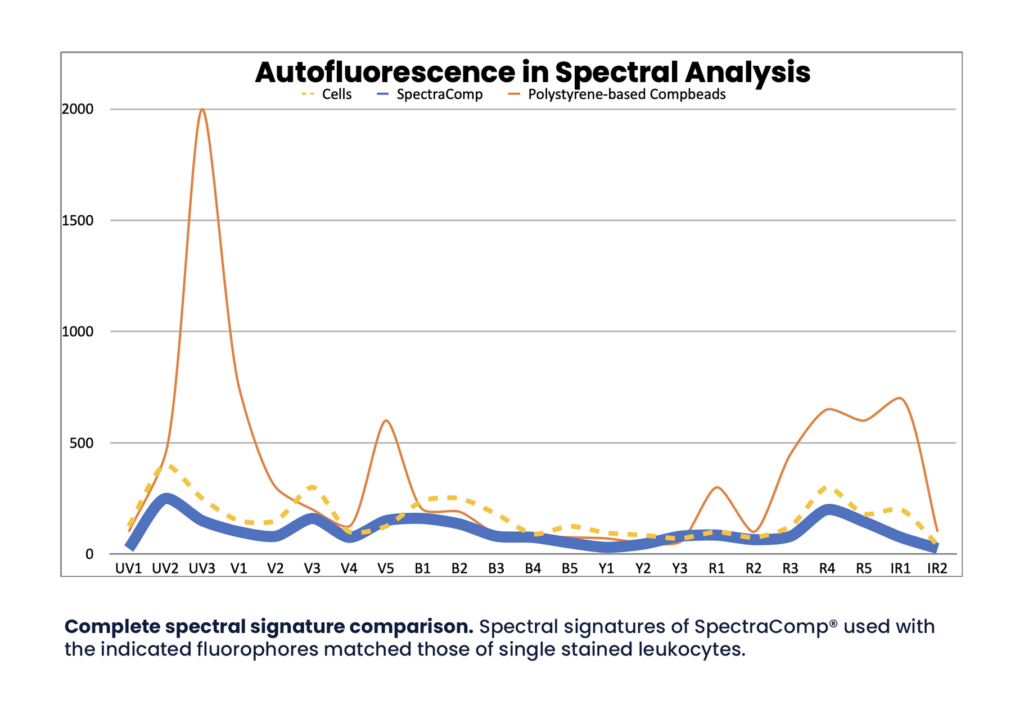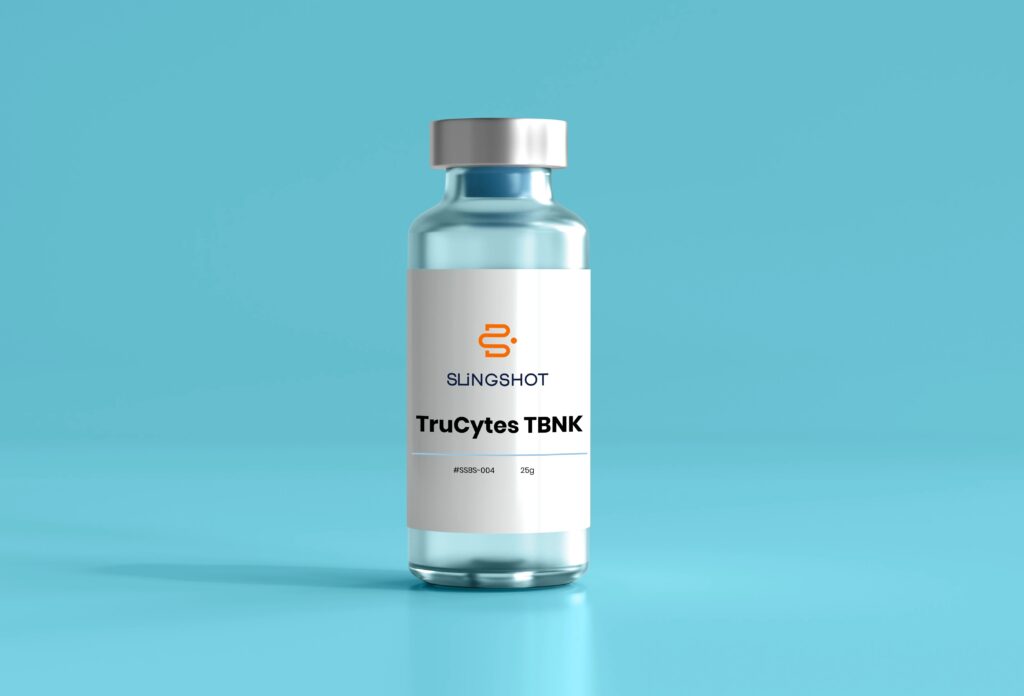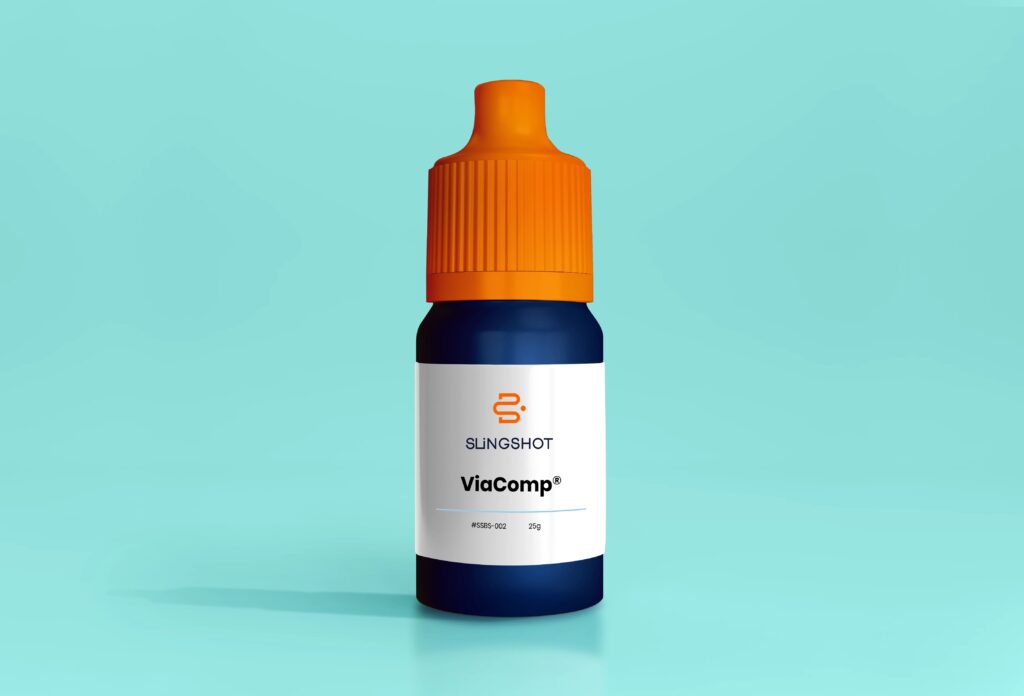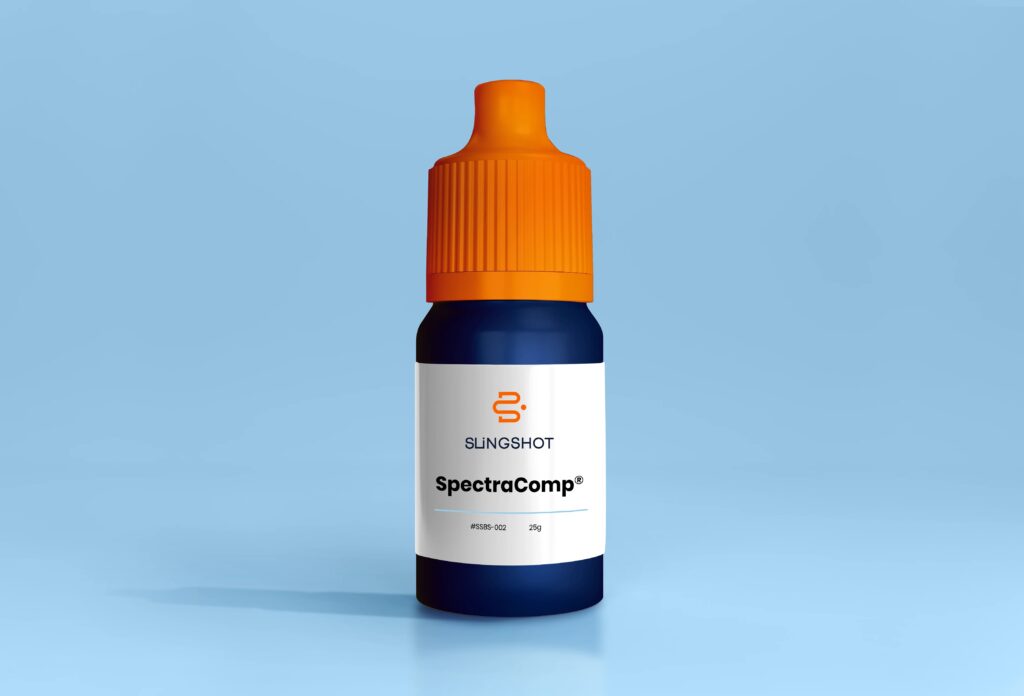Rare cell types
Drop-in Cell Lines
Synthetic cell lines that are engineered to match disease states.
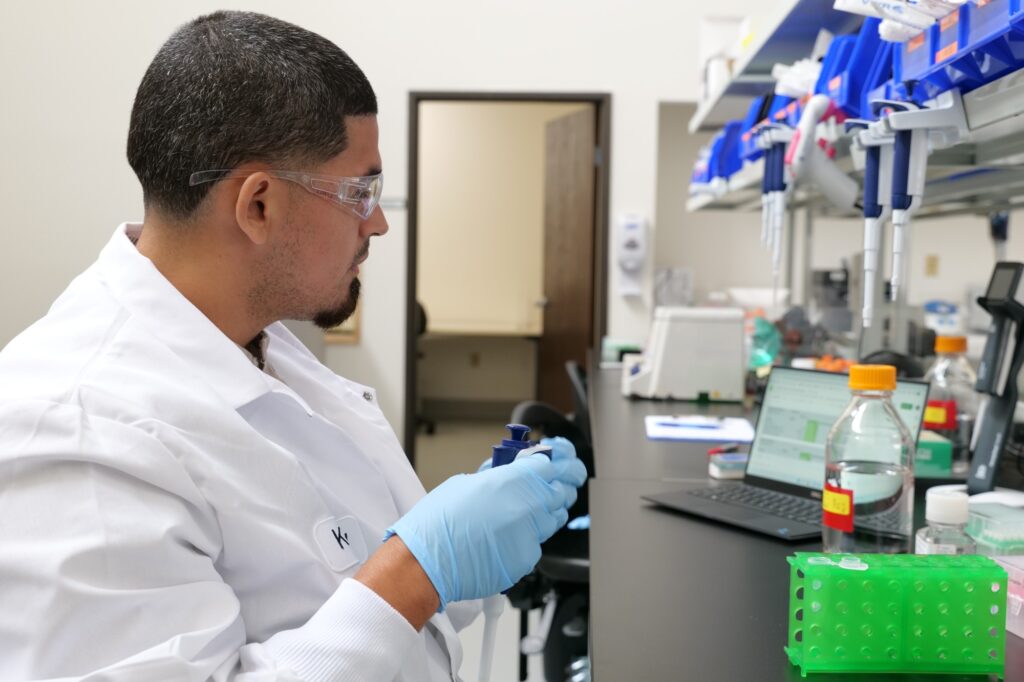
Overview
Reliable Standard for detecting rare or low event cells
Developing a gene or cell therapy immunoassay takes a substantial amount of time. This can take 18-24 months and further delay the commercial launch, as these immunoassays are a vital component of therapy approval. In addition, with only <1% of blood diseases having available controls, sourcing or manufacturing rare or specific cell types is a costly challenge.
Custom cell lines through Slingshot Biosciences empower cell and gene therapy developers to shorten the development of their immunoassay. This removes the barrier to producing reliable, consistent, and non-biohazardous cellular control.
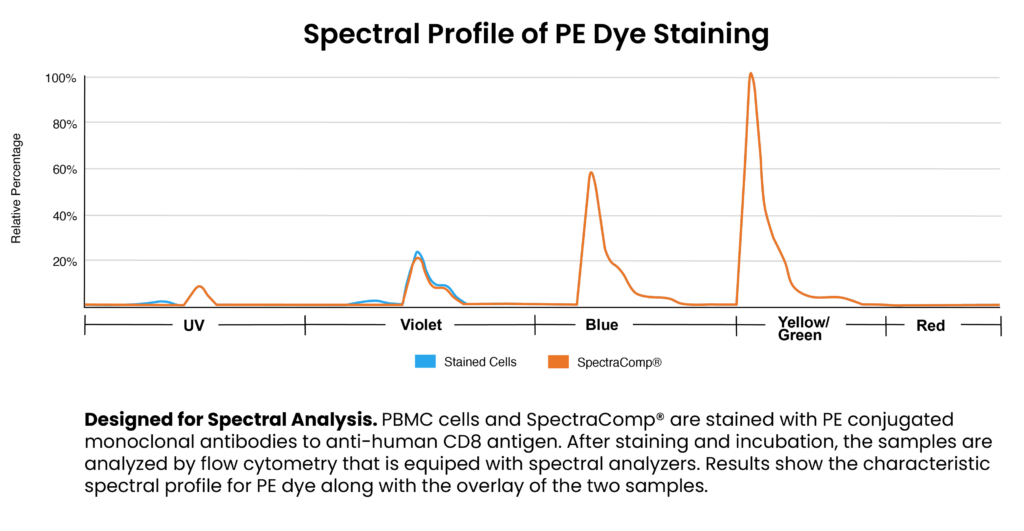
Shortcomings of Current Methods
Biological Controls
- Current blood controls cannot be manufactured without using technology to combine human and animal cells or primary sourcing cells from active donors.
- Reproducibility and quality are vital for cell-based assay development. Ensuring the quality and viability of controls is difficult with rare-cell biological controls.
- Batch-to-batch variability in using biological controls causes an increase in costs for assay validation.
- Cost and complexity of maintaining cell lines
- Access to donors & controls (ex., Leukopaks are expensive, rare biomarkers have no controls).

Advantages of Slingshot
- Create a custom cell line to add to your current or in-development workflows seamlessly.
- Optimize, qualify, and validate assays with fewer potential issues while ensuring reproducibility and quality of results.
- Custom synthetic cells can ensure the controls in your assay development confirms your study’s specificity, accuracy, and precision.
- Our scalable manufacturing process eliminates lot-to-lot and site-to-site variability, saving time and money in qualifying QC material.
